Freelance portfolio of Adam GeorgeExamples of other, older projects I worked on in 2015 and earlier.Most of the technology used here is probably not what I would use today – things change quickly in software development, and most of this technology is now considered outdated.Of course, back then these technologies were very popular and widely used.I still support these systems as required.
2015:LinkAssist LinkAssist was a project that I developed with one of my design agency clients.I worked as the front-end developer in this project, and did all of the front-end coding, working closely alongside their in-house developer who was building the backend.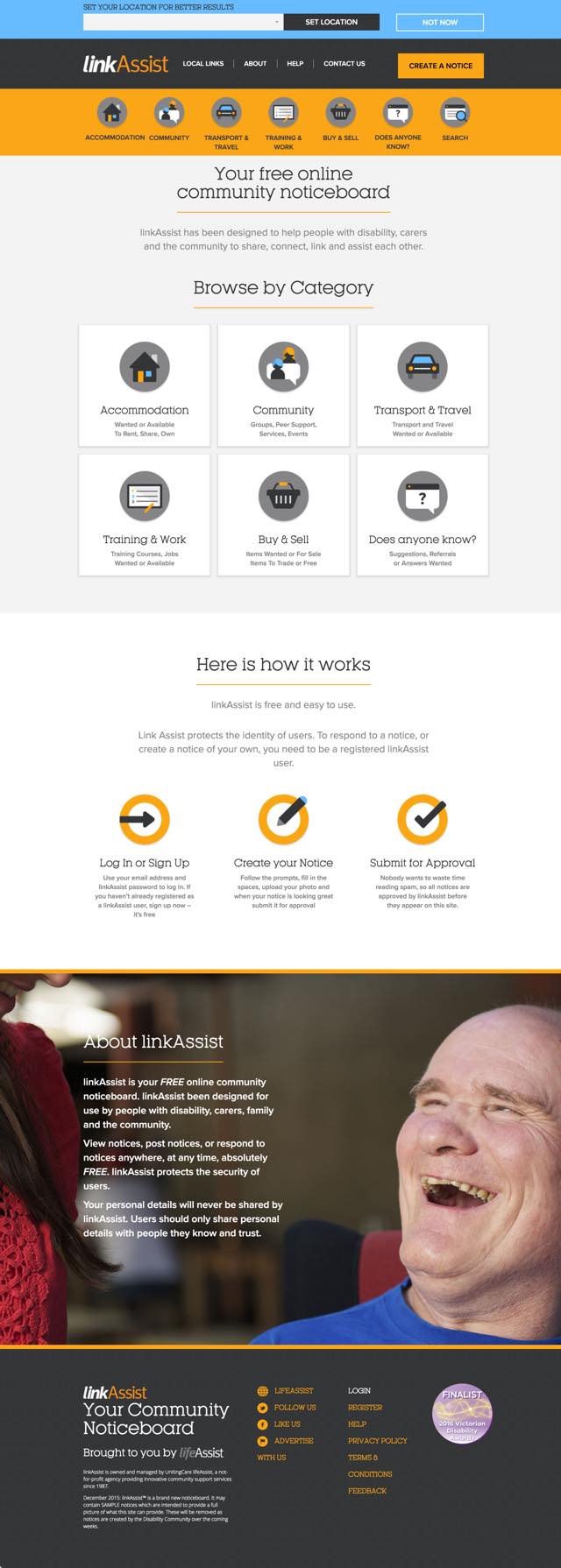
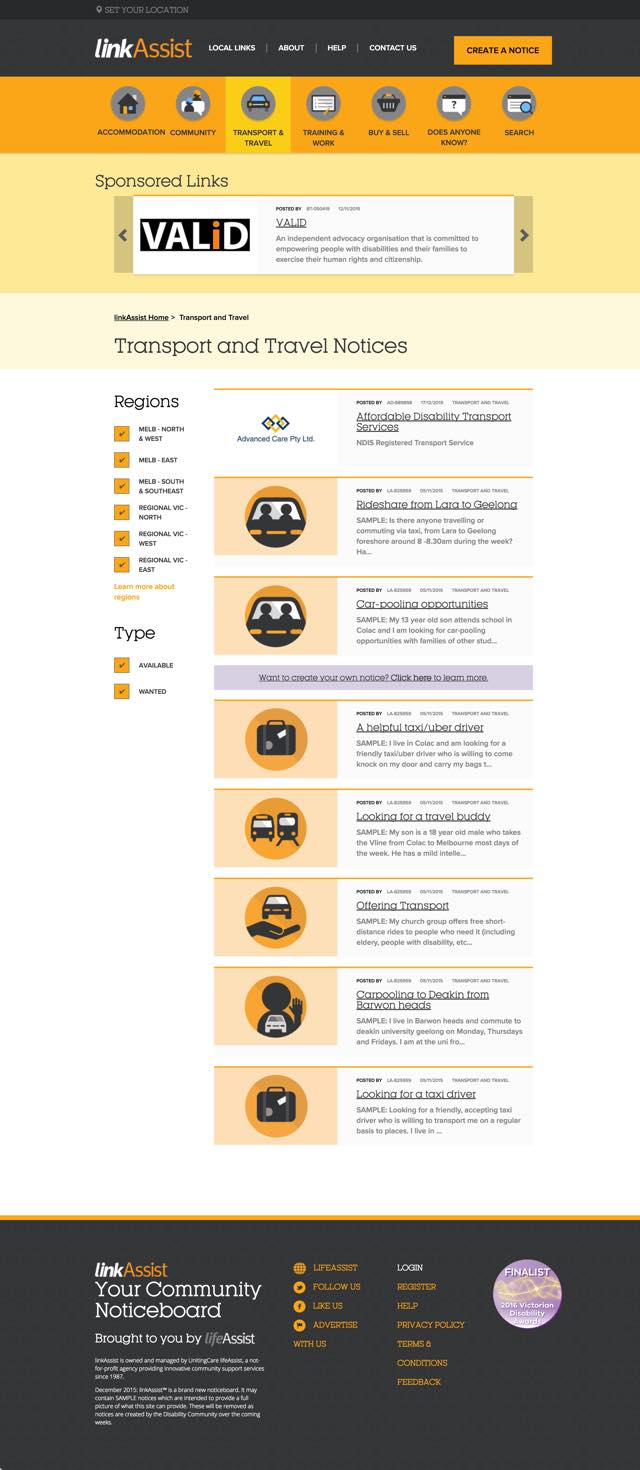 LinkAssist is written using the Ruby on Rails framework, and as the front-end developer I worked with the SASS, Coffeescript, ERB and Ruby – implementing a design which was provided by a 3rd-party design agency.LinkAssist is designed for people with disabilities, so the front-end required special consideration so features and content would be as accessible as possible.The site makes use of the Bootstrap framework, particularly the grid, so the site could be built responsively – targeting multiple screen resolutions, including mobile devices.
LinkAssist is written using the Ruby on Rails framework, and as the front-end developer I worked with the SASS, Coffeescript, ERB and Ruby – implementing a design which was provided by a 3rd-party design agency.LinkAssist is designed for people with disabilities, so the front-end required special consideration so features and content would be as accessible as possible.The site makes use of the Bootstrap framework, particularly the grid, so the site could be built responsively – targeting multiple screen resolutions, including mobile devices.


2015:Fieldfolio DirectI developed the Fieldfolio Direct portal, as an add-on to their existing product.
Fieldfolio is an ordering system originally for iOS, and I developed Fieldfolio Direct as their web-based client.Fieldfolio Direct allows users to publish their catalogue to the web, allowing their customers to order directly online.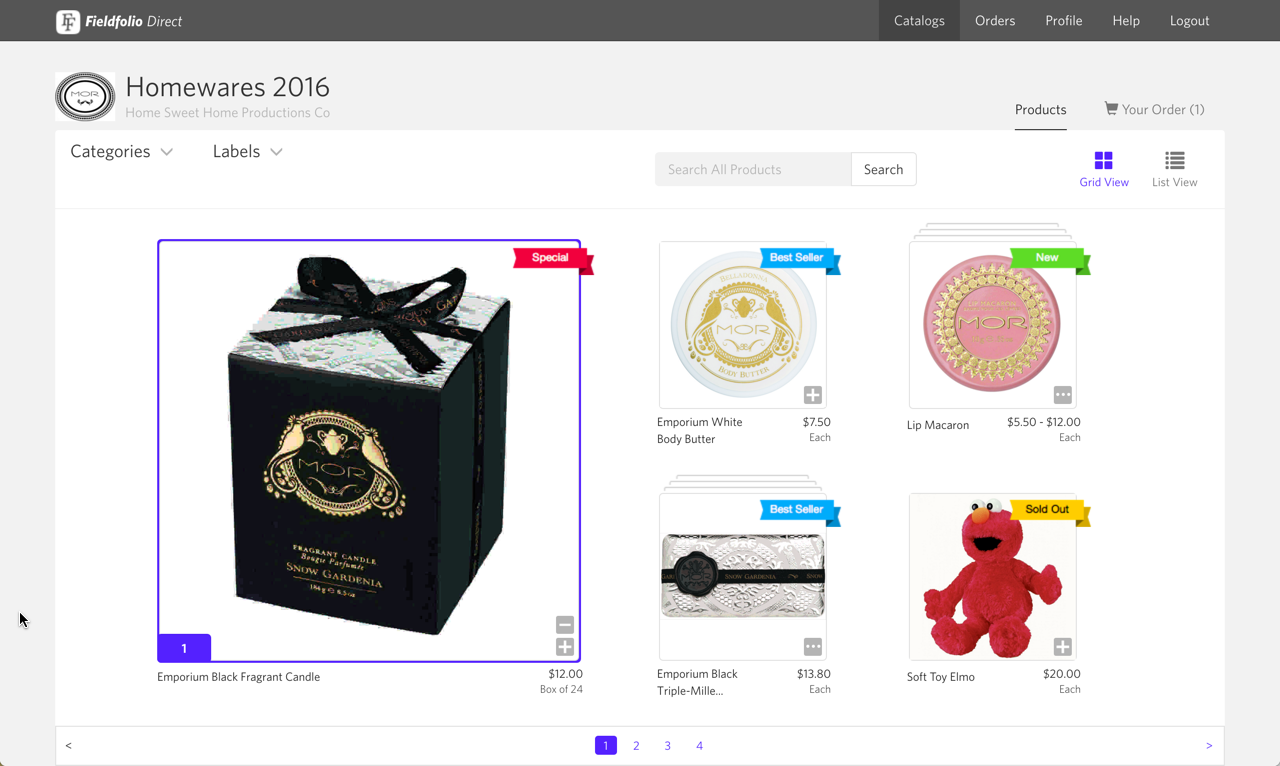 I built it as a component on top of their existing Ruby on Rails backend. In the process I updated the base application from Rails 3 to 4, as well as many other improvements.The design was done by an in-house designer, who I worked closely with to implement their design in the app as HTML and CSS.
I built it as a component on top of their existing Ruby on Rails backend. In the process I updated the base application from Rails 3 to 4, as well as many other improvements.The design was done by an in-house designer, who I worked closely with to implement their design in the app as HTML and CSS.

2015:Ironman 4x4 Website and Content Management SystemI was the developer for the Ironman 4x4 website, which I was hired as a subcontractor for one of my design agency clients.
The website was built using Ruby on Rails, and makes use of the Refinery CMS ruby gem to build out the Content Management System (CMS) component.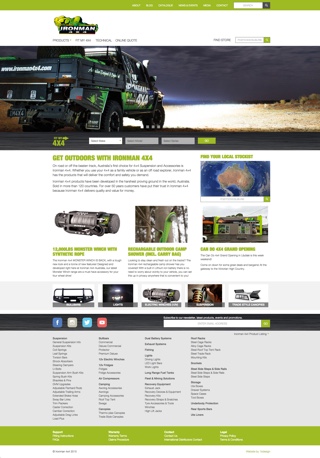
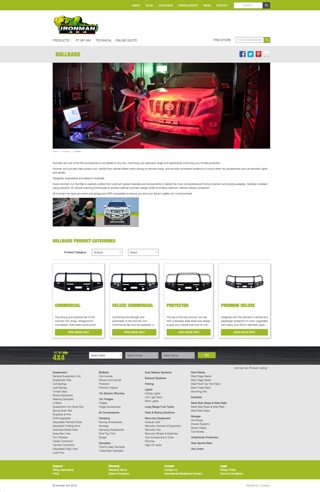 This website required a lot more than just editing pages though – it has many interesting features which were built specifically to the clients requirements.I worked closely with the design agency to design and build features such as fit my 4x4 (system for tailoring the products to the visitors vehicle), online quote and find nearby stores – which make it easy for visitors browsing the website to find the equipment they are looking for.
This website required a lot more than just editing pages though – it has many interesting features which were built specifically to the clients requirements.I worked closely with the design agency to design and build features such as fit my 4x4 (system for tailoring the products to the visitors vehicle), online quote and find nearby stores – which make it easy for visitors browsing the website to find the equipment they are looking for.


2014:Deakin Uni Open Day 2014 ARA client of mine who specialize in Augmented Reality solutions, engaged me to build the iOS version of the Deakin Uni Open Day 2014 AR app.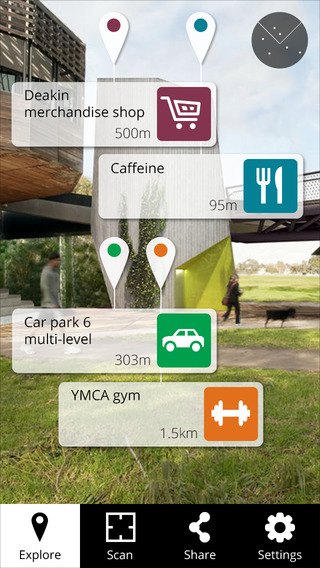
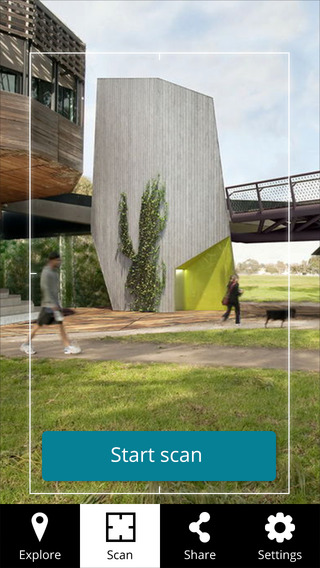 The app uses a hybrid approach. Most of the screens were developed in native iOS, but there was also some use of HTML5 and Javascript to interact with the Metaio SDK, which was utilized in implementing the Augmented Reality features.The app was successfully used on the Deakin Open Day by students, who used the AR features to navigate, learn, and enhance their Open Day experience.
The app uses a hybrid approach. Most of the screens were developed in native iOS, but there was also some use of HTML5 and Javascript to interact with the Metaio SDK, which was utilized in implementing the Augmented Reality features.The app was successfully used on the Deakin Open Day by students, who used the AR features to navigate, learn, and enhance their Open Day experience.


2014:SageFIELDOPs
A client with an existing web-based product in the safety-permit space, needed a mobile client built for their flagship product.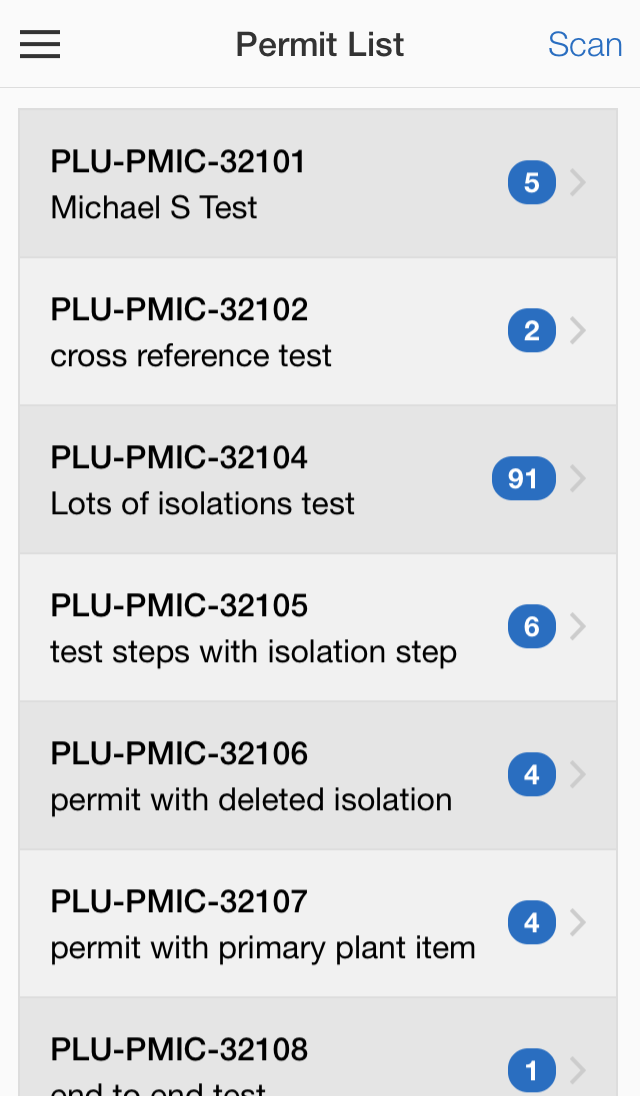
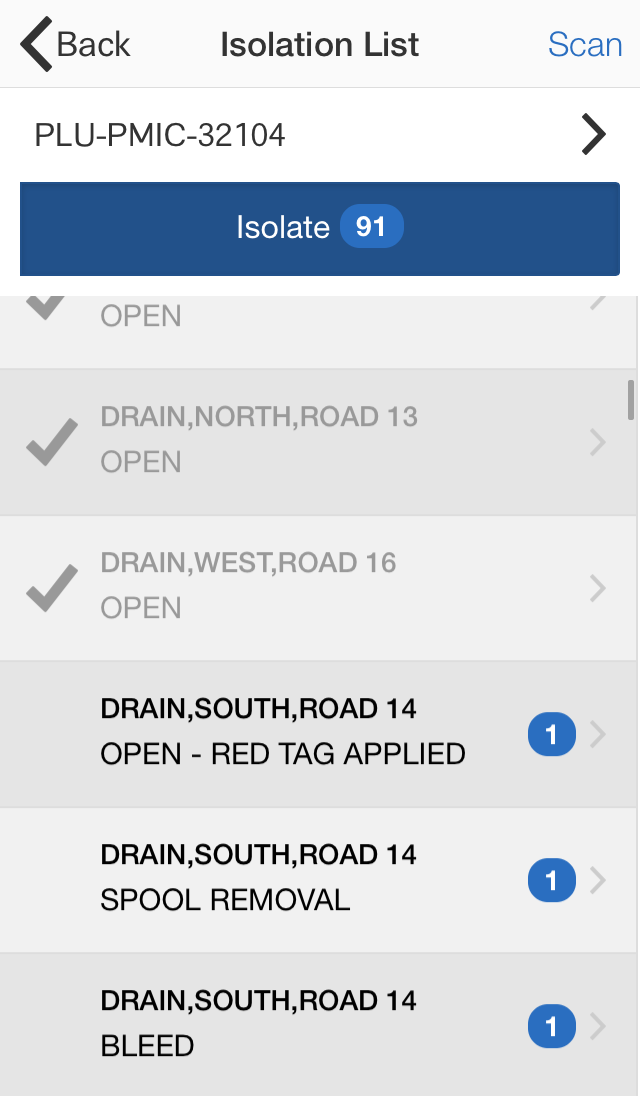 I worked with the client’s development team (as the lead developer on the project) to build a HTML5 / Phonegap application, using Ionic Framework and AngularJS.The goal was to have the application run on both Android and iOS, so cross-platform HTML5 was a good choice to achieve this.The app can download and syncronise safety-permits, which the user can read and then action using their mobile – even when “offline”. Data is synced back to the server via a .NET JSON API which I also helped build.
I worked with the client’s development team (as the lead developer on the project) to build a HTML5 / Phonegap application, using Ionic Framework and AngularJS.The goal was to have the application run on both Android and iOS, so cross-platform HTML5 was a good choice to achieve this.The app can download and syncronise safety-permits, which the user can read and then action using their mobile – even when “offline”. Data is synced back to the server via a .NET JSON API which I also helped build.


2013:ISIS DMSA client in the transport industry needed asmartphone-based delivery systembuilt as a compliment to their existing Warehouse Management System.I was hired as a subcontractor to built the system – building the app in HTML5 / Phonegap using jQuery Mobile and Backbone.js.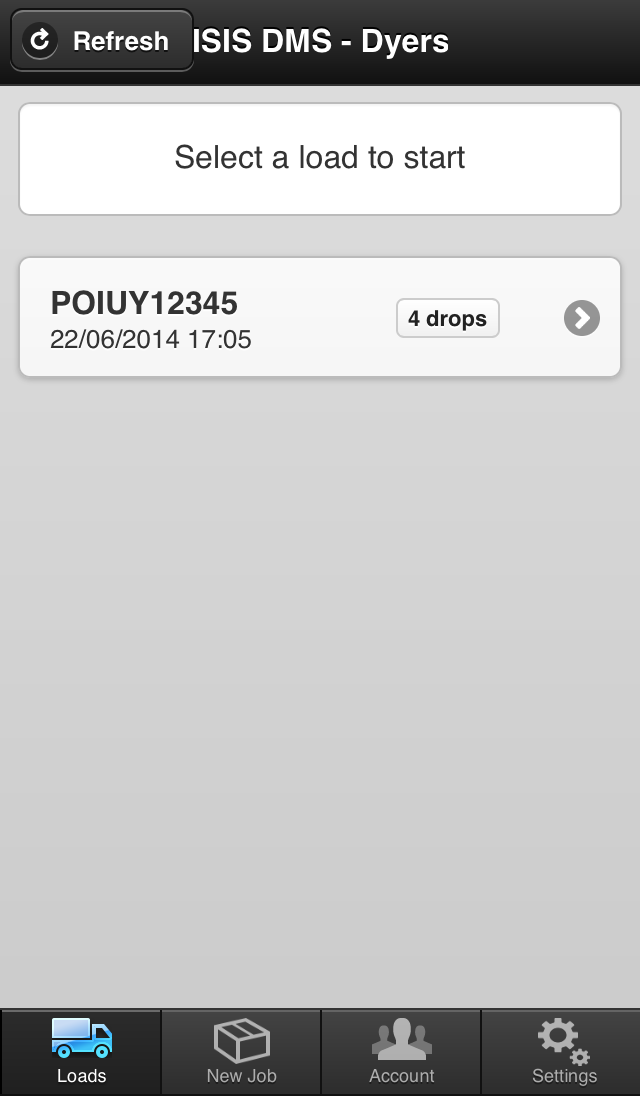
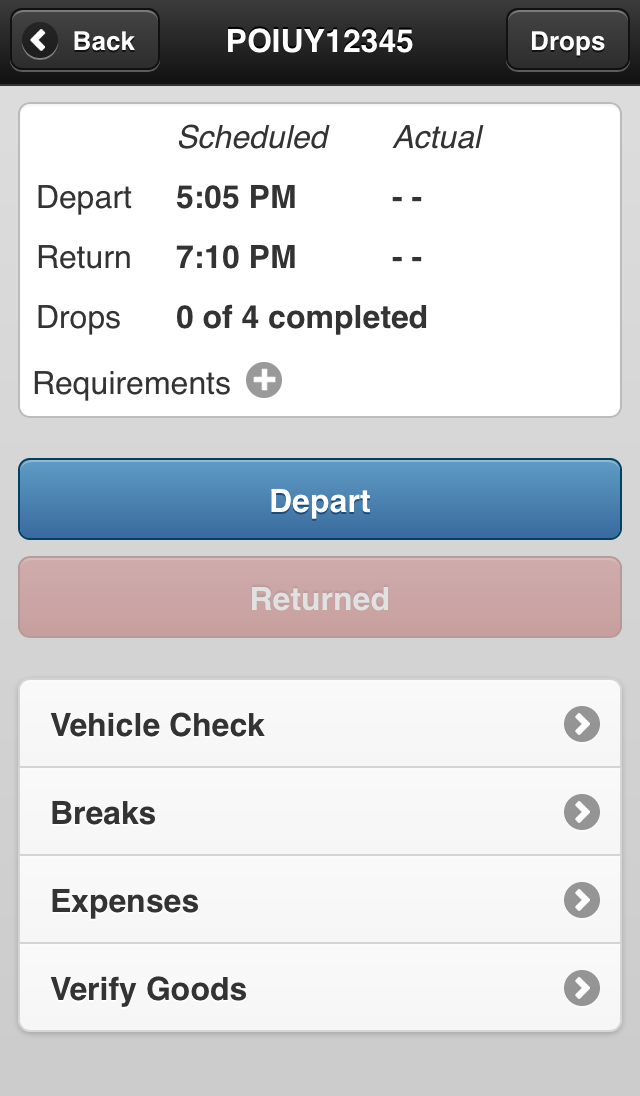 The app captures data for each delivery, including the delivery signature (HTML5 Canvas), as well as location tracking – a custom Phonegap plugin I wrote.
The app captures data for each delivery, including the delivery signature (HTML5 Canvas), as well as location tracking – a custom Phonegap plugin I wrote.


I also built the backend DMS system, which includs a JSON API and Web Portal for tracking deliveries and viewing the Proof of Delivery – all developed in Ruby on Rails and deployed on Heroku.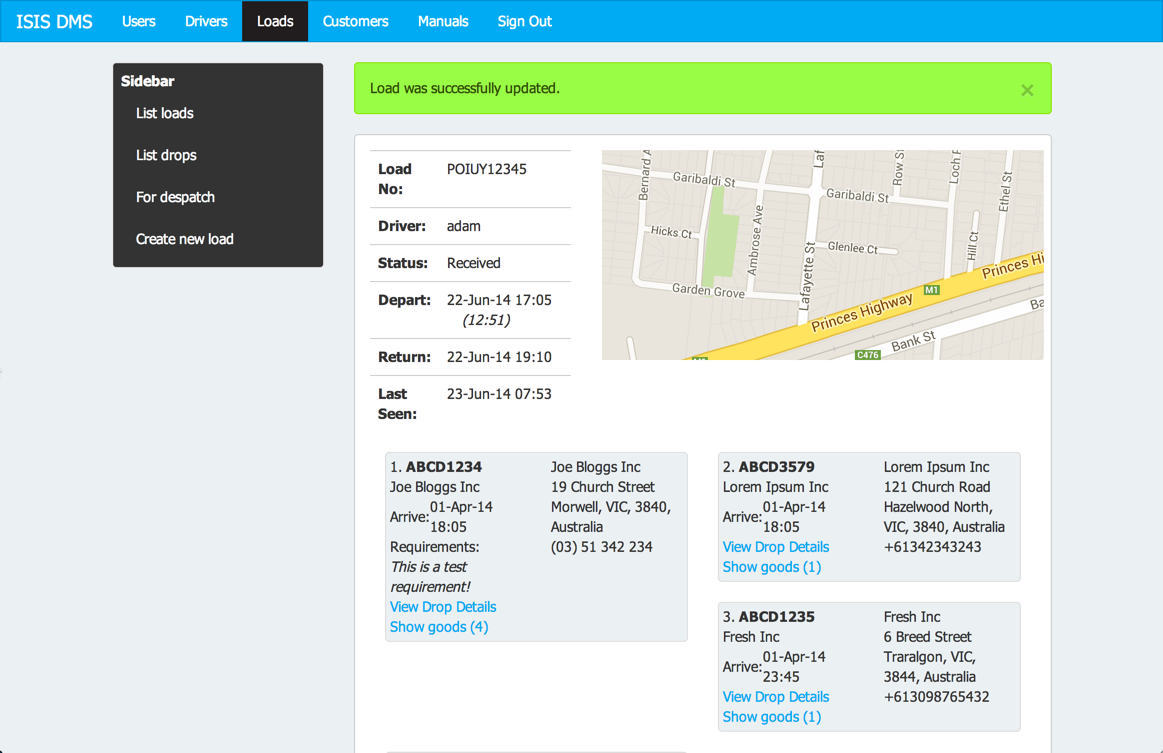 Later, I was engaged to help implement the system for a number of customers, including building interfaces between DMS and the customer’s existing transport system.
Later, I was engaged to help implement the system for a number of customers, including building interfaces between DMS and the customer’s existing transport system.

2012:ARMS Infoscreens
A different client in the transport industry needed a web-based Customer Portal built, so management could see KPIs, stats, etc on the current status of their fleet.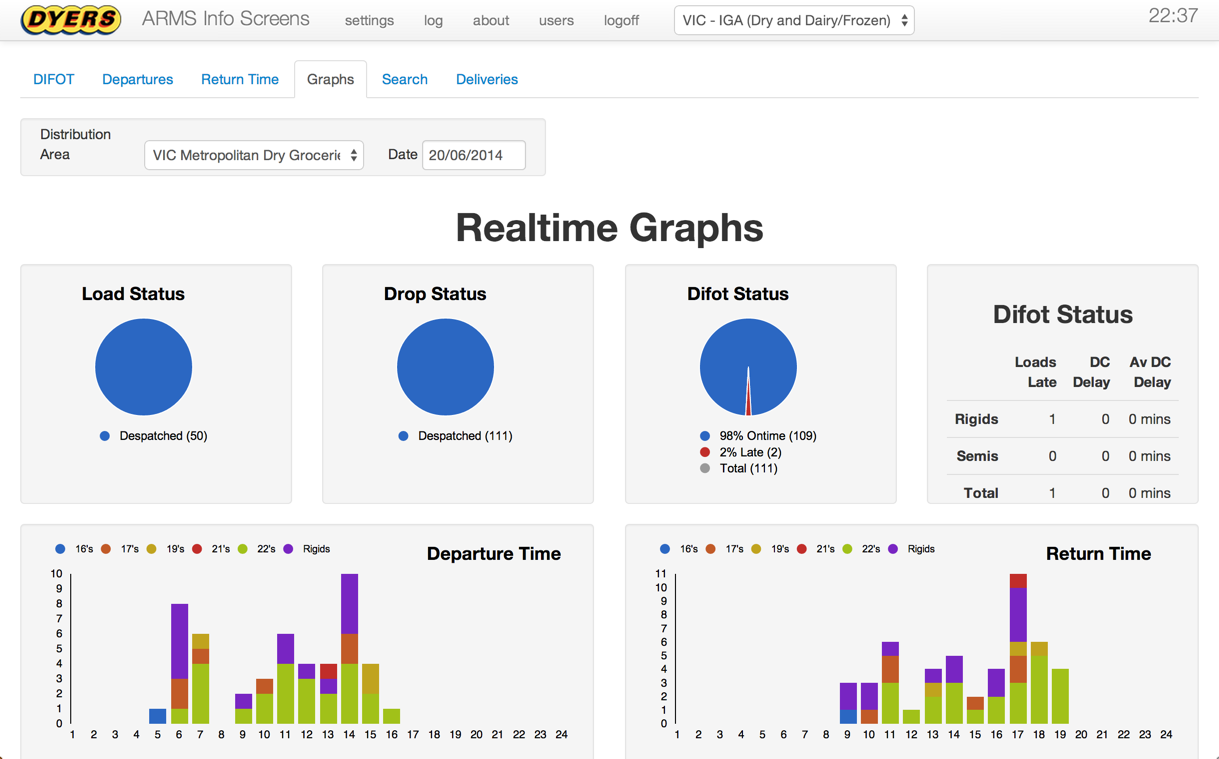 I was hired as a subcontractor, and built a Web Portal using .NET MVC and Backbone.js.The web portal took data from existing systems (delivery tracking systems, runsheet management systems) and presented it as viewable information in the portal – graphs, maps and tabular data were used to show key metrics, end-customers could also login and view their deliveries, and location of their truck.
I was hired as a subcontractor, and built a Web Portal using .NET MVC and Backbone.js.The web portal took data from existing systems (delivery tracking systems, runsheet management systems) and presented it as viewable information in the portal – graphs, maps and tabular data were used to show key metrics, end-customers could also login and view their deliveries, and location of their truck.

2012:Endota Day Spa mobile websiteI was hired by a design agency to build the Endota Day Spa mobile website, working closely with their graphic designers.
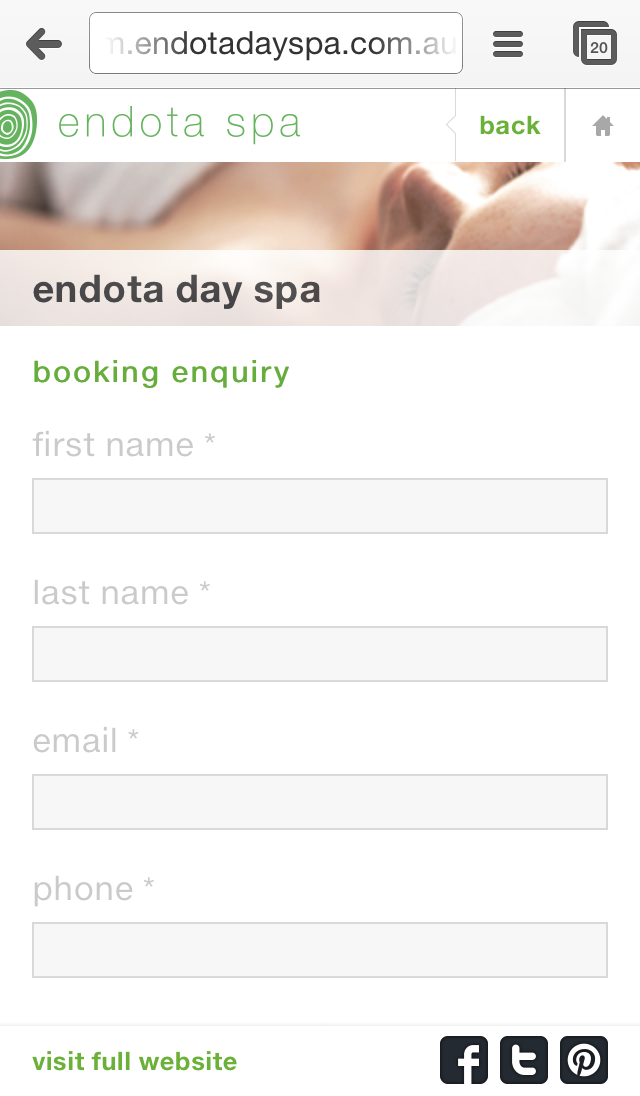 Using HTML5, jQuery Mobile and Backbone.js, I created a mobile website which allows users to browse and search through Endota’s spa locations and view location-specific services and offers.Menus for each location can be viewed, as well users can make bookings through a mobile form.
Using HTML5, jQuery Mobile and Backbone.js, I created a mobile website which allows users to browse and search through Endota’s spa locations and view location-specific services and offers.Menus for each location can be viewed, as well users can make bookings through a mobile form.


2011:Guitar Charts CreatorI built Guitar Charts Creator for myself, as it was a tool I had been wanting for a while on my tablet.
GCC is a tool for guitarists, allowing them to create their own chord charts, designed initially for the iPad and available on the iOS App Store.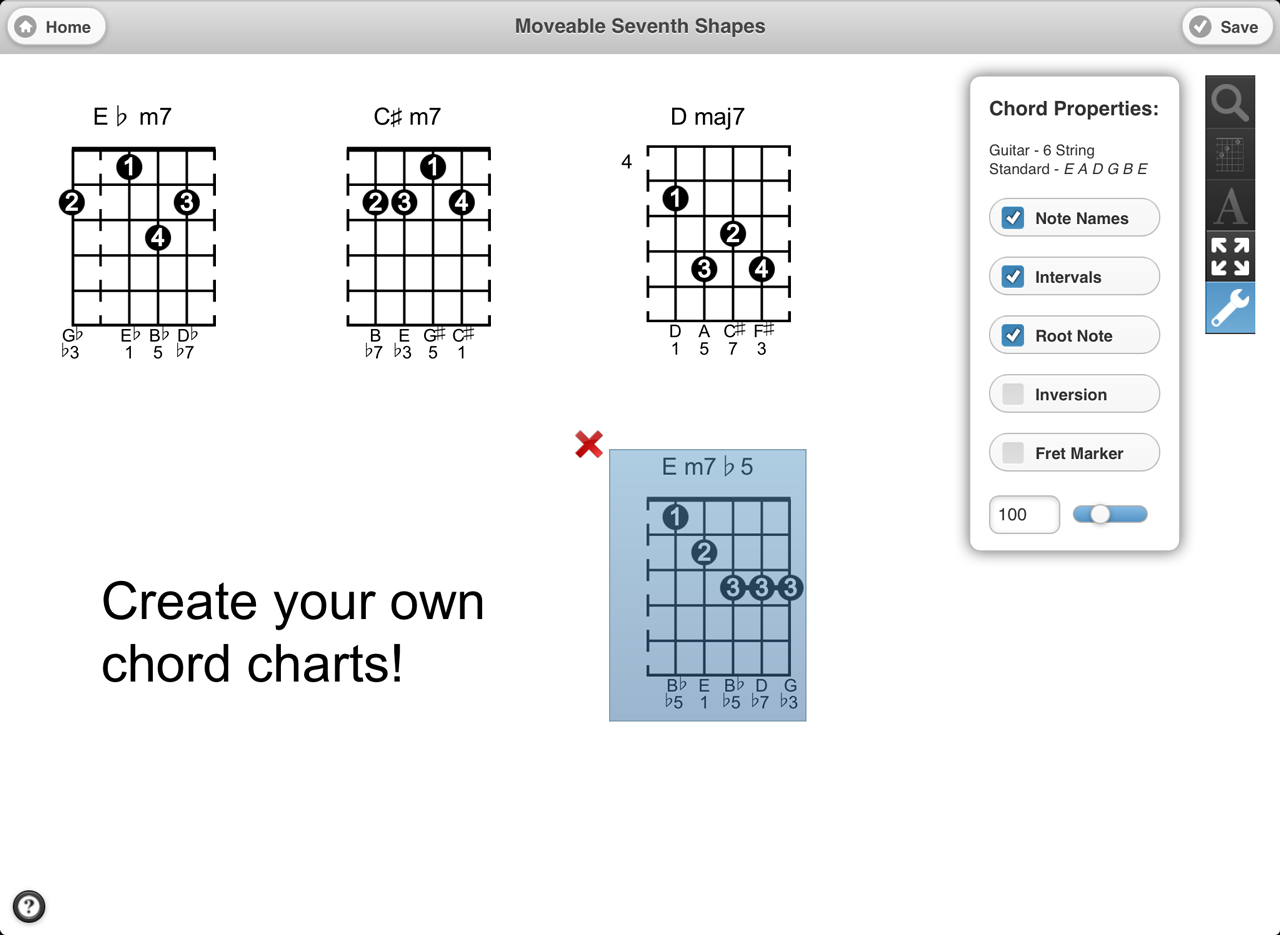 I built the app in HTML5 using jQuery Mobile and Backbone.js.Later, I ported GCC so it could run as a stand-alone traditional web app (via Heroku), as well as porting it to OSX via the Mac App Store (using Phonegap).All versions of GCC use Parse.com as a backend “cloud” database, allowing user data to be synced between any version of GCC.
I built the app in HTML5 using jQuery Mobile and Backbone.js.Later, I ported GCC so it could run as a stand-alone traditional web app (via Heroku), as well as porting it to OSX via the Mac App Store (using Phonegap).All versions of GCC use Parse.com as a backend “cloud” database, allowing user data to be synced between any version of GCC.
